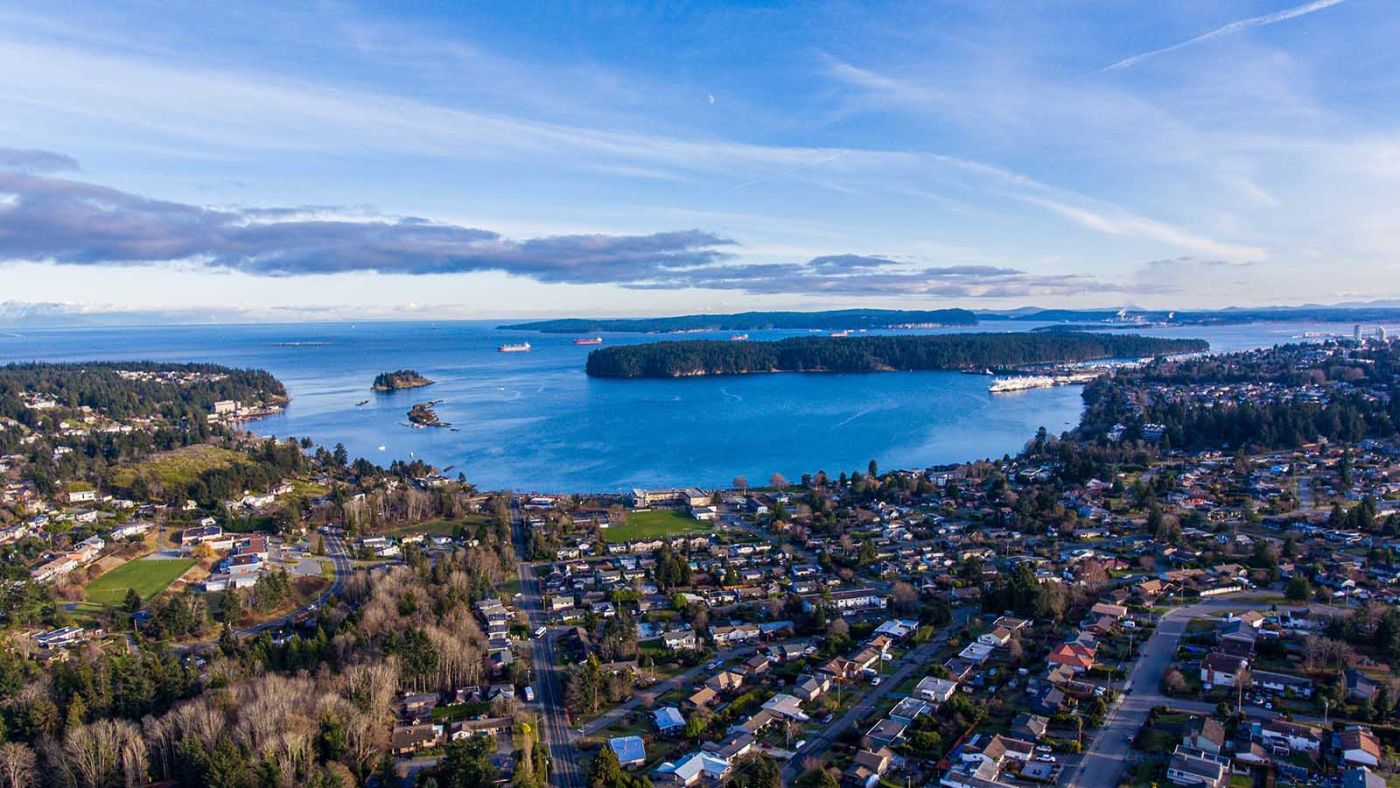Things to Do around the Sproat Lake Area
The stunning Sproat Lake Provincial Park on the Sproat Lake's northeast shore has numerous widespread attractions such as a beautiful beach, several campsites, and hiking trails in two individual campgrounds.
Bicycle riding must be performed to keep to roadways; furthermore, bicycle helmets are obligatory in British Columbia. E-bikes (bicycles with electric assist motors) are not permitted on the trails within Sproat Lake Provincial Park.
The park is also the proper place for more thrilling activities. There is a world under Sproat Lake that you can explore and a marvellous array of water-dwelling life to sight over a freshwater scuba diving trip. You may want to go waterskiing in one of the grandest environments imaginable, with stunning scenery rising on all sides of you while reaching high speeds.
Sproat Lake provides opportunities for freshwater scuba diving.
The lake is well-known for hot, long, sunny summer days with amazing views of Mount Arrowsmith, warm fresh, crystal clear water, and acres of pristine wilderness. Sproat Lake is a perfect place for a family vacation, where every family member can enjoy swimming, hiking, boating, canoeing, stand-up paddleboarding, and waterskiing.
You can select Sproat Lake Landing Resort as your family vacation to experience Vancouver Island's best areas. You can take one-day trips from here to visit our appealing neighbours of Tofino, Oceanside, Ucluelet, and even Victoria. You can walk around the Alberni Valley or stop at the lake and immerse up the sun on our attractively terraced landscaped lawns.
The park is worth more than just a day trip if you have the time. You can set up your tent at one of the two campgrounds facilitating longer stays. Spend your time here walking the trails, fishing, swimming, or simply relaxing.
Eastern Sproat Lake is the town of Port Alberni, settled in the Alberni Valley at the head of Alberni Inlet, Vancouver Island's longest inlet. The primary industries of Port Alberni have been logging and mining over the decades; however, the town has been turned into the central tourist hub today. Visit active logging and mill operations are accessible; museums feature heavy equipment and First Nation art. The refreshed Harbour Quay is home to passenger and cargo ships scheduled regularly, providing the distributed Barkley Sound communities. Moreover, the Alberni Harbour Quay is a location with restaurants and stores, charter outlets, a forestry visitor center, and art galleries for people.
